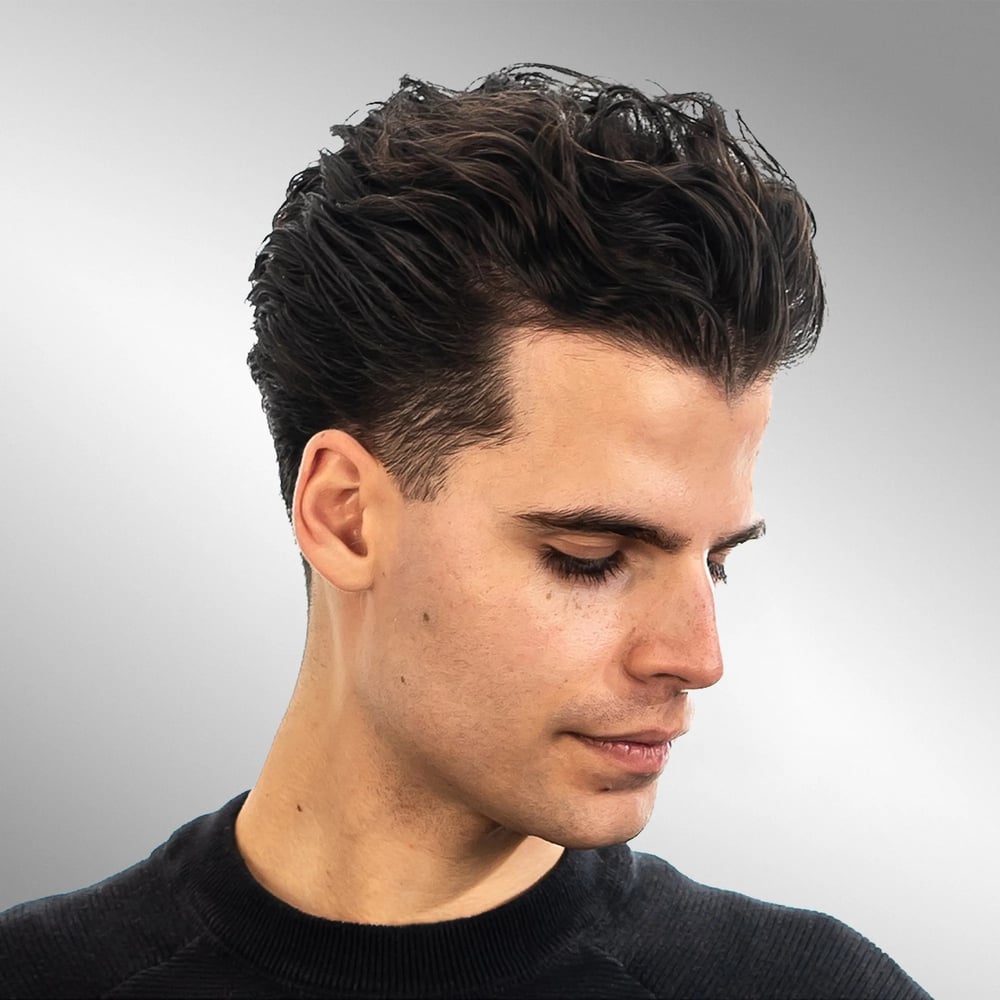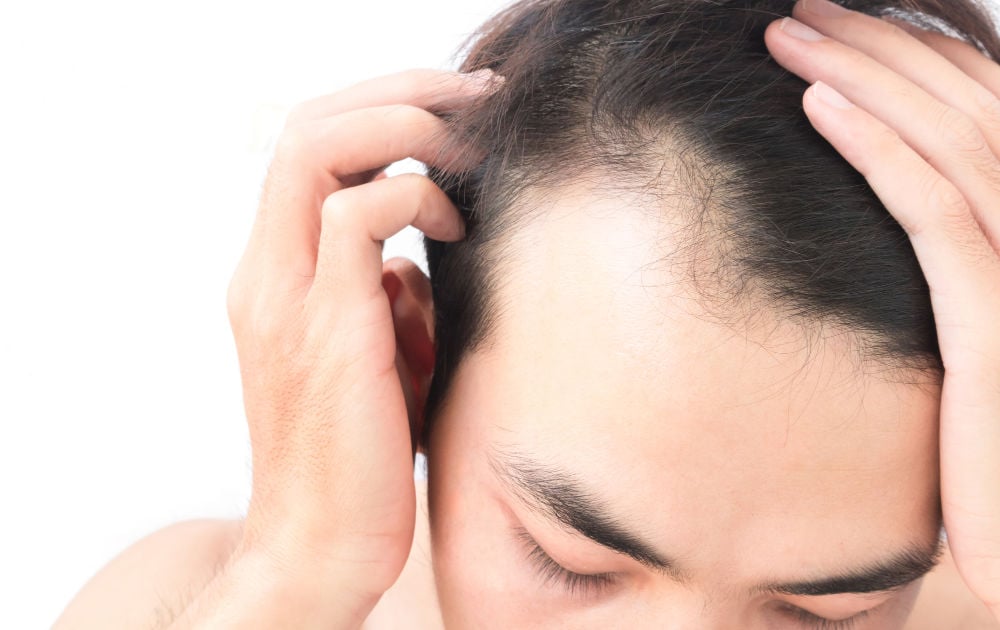Hair loss can be emotionally taxing, affecting not only your appearance but also your confidence. As hair restoration techniques evolve, one method gaining popularity is front line hair fixing—a non-surgical way to restore your hairline and give a natural, fuller appearance. But as with any cosmetic procedure, a common concern arises: is front line hair fixing painful? Understanding the process and what it feels like is essential for anyone considering this option.
In recent years, more individuals have been turning to Front Line Hair Fixing in Dubai for a fast, effective, and convenient hair solution. But before diving into whether it hurts or not, it’s helpful to understand how the procedure works and what makes it different from traditional hair transplant methods.
What Is Front Line Hair Fixing?
Front line hair fixing is a non-invasive procedure designed to restore the appearance of a natural hairline. It typically involves attaching a custom-made hair system or patch to the front portion of the scalp where the hairline has receded. The attachment is often done using cosmetic-grade adhesives, clips, or other non-surgical bonding methods. The result is a seamless and natural-looking hairline that blends well with your existing hair.
Unlike surgical hair restoration methods, this technique does not require any incisions, stitches, or scalpels. That alone eliminates a large portion of the pain typically associated with traditional hair transplants. But does that mean the process is completely pain-free? Let’s explore further.
Is the Procedure Painful?
The short answer: no, front line hair fixing is not considered painful. Since it’s a non-surgical process, there’s no cutting into the scalp or manipulating hair follicles. Most clients describe the sensation as mildly uncomfortable at best, and that too only during the bonding or fitting phase.
Here’s a closer look at what you might feel during different stages of the procedure:
1. Cleansing and Scalp Preparation
Before the hair system is applied, your scalp is thoroughly cleaned to ensure that the adhesive or fixing method works effectively. This cleansing can sometimes involve mild exfoliation or rubbing, which might cause slight tingling, especially for sensitive scalps. However, this stage is typically painless and brief.
2. Application of Adhesive or Attachment
Depending on the method chosen—glue, tape, or clips—the hair patch is fixed securely onto your scalp. Some clients report a cool or slightly sticky sensation when the adhesive is applied, but it is not painful. If clips are used, there might be a slight pressure or tugging feeling, particularly for first-time users. However, these feelings quickly subside as you get used to the attachment.
3. Blending and Styling
Once the hair system is in place, a stylist will cut and style it to match your natural hair. This step feels no different from a standard haircut. There is no pain involved here, just the excitement of seeing your new look come together.
What About Aftercare and Sensitivity?
Post-procedure sensitivity is rare with front line hair fixing. Some individuals with sensitive skin might experience mild irritation from the adhesive in the first few hours, but this usually fades quickly. Using skin-safe products and following aftercare instructions—like avoiding excess sweating or shampooing too soon—can help prevent discomfort.
It’s also worth noting that the hair system itself does not cause pain. Modern hair systems are made from breathable, lightweight materials that are designed for comfort and long-term wear. Most users report forgetting they even have one on after a few days.
Why People Choose Front Line Hair Fixing
The appeal of this method lies in its simplicity and comfort. Many clients opt for front line hair fixing because they want instant results without the downtime, risks, or discomfort associated with surgical options. The fact that it’s painless is a huge advantage, especially for those with low pain tolerance or medical conditions that rule out surgery.
Moreover, advancements in the field have made these systems more realistic than ever. When done correctly, they mimic the natural hairline perfectly, allowing users to enjoy activities like swimming, exercising, and styling without fear of detection.

Managing Expectations
While the procedure itself isn’t painful, it’s important to have realistic expectations. There might be a brief adjustment period as you get used to the hair system. This doesn’t involve pain but rather a sense of “newness” on your scalp. Regular maintenance and proper hygiene are key to ensuring long-term comfort.
Consultation with an experienced hair technician is crucial to select the right system for your scalp type, lifestyle, and aesthetic goals. A good fit and proper bonding technique will ensure the most comfortable and natural-looking results.
Final Thoughts
So, is front line hair fixing painful? For most people, the answer is a reassuring no. The process is non-invasive, straightforward, and causes minimal to no discomfort. From preparation to application and styling, each step is designed with comfort in mind. It’s an ideal solution for anyone looking to restore their hairline quickly, naturally, and painlessly.
As the demand for effective yet comfortable hair restoration grows, more individuals are exploring options like Front Line Hair Fixing Dubai, where innovation and expertise in non-surgical hair solutions are setting new standards in the industry. Whether you’re dealing with a receding hairline or simply seeking a confidence boost, front line hair fixing could be the gentle, pain-free solution you’ve been searching for.

